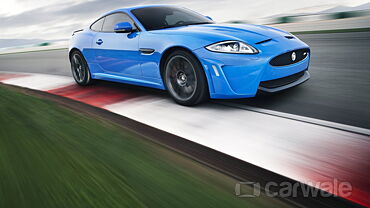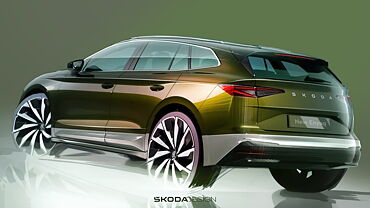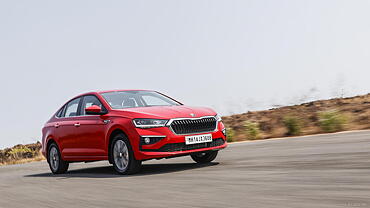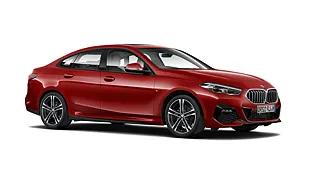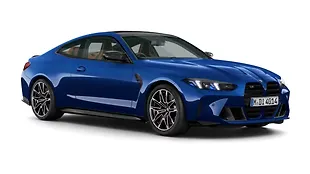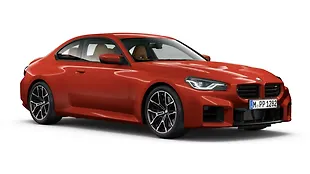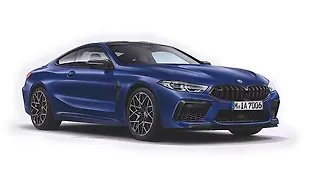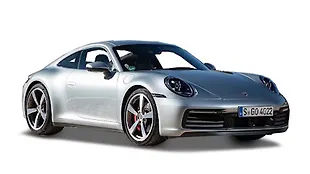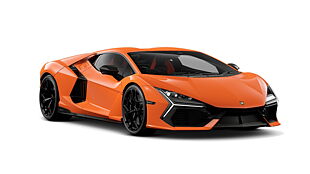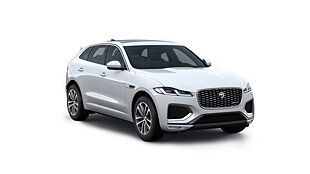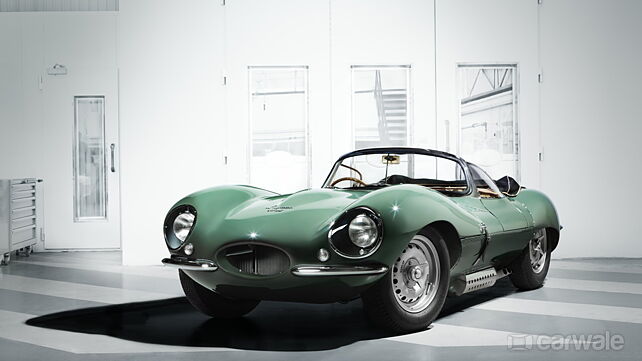
A quick history lesson to begin with, back in 1957, Jaguar made a road-going version of its legendary, Le Mans-winning D-Type. Called the XKSS, only 25 units were made at Jaguar’s Browns Lane facility, the British manufacturer claimed it to be the ‘first supercar’. Sadly nine cars allocated for export to North America perished in a fire at the factory which meant only 16 of the XKSS saw the light of the day.

Fast forward to 2016, almost six decades after the misfortune, Jaguar Classic division – the same people who gave us the six Lightweight E-Types in 2014, took it on their shoulder to reincarnate the nine 'lost' vehicles. The one-off example of which is showcased at the Petersen Museum, ahead of the production of nine examples.

The nine ‘continuation’ cars will have one of the each lost car’s chassis numbers. The project is 18 months in the making, which includes using the original drawings, blueprints, using traditional processes to create tailored elements from scratch by looking over intricate details of several 1957 XKSS models.

It would take more than 10,000 man hours to build each car, as every element of the car is made precisely as it would have been in 1957. The body is made of magnesium alloy as it was in 1957. Jaguar Classic produced bespoke tubular forms for the nine cars as the original forms no longer exist with the help of modern CAD drawings technique.

Each car is produced using the traditional metal-forming process called hand-wheeling. The frames are bronze hand-welded in the same way as the 1957 XKSS chassis tubing by British frame maker, Reynolds. The Dunlop disc brakes with Plessey pump is the same as the original, as are the riveted two-piece magnesium alloy wheels with Dunlop tyres.

The cockpit is a perfect recreation with the original Smiths gauges of 1957. Everything, from the wood of the steering wheel, through the grain of the leather seats to the brass knobs on the XKSS dashboard, is precisely as it would have been in 1957 claims the British carmaker. The measurements are also done in imperial units rather than metric.

The heart of the XKSS is a 3.4-litre straight six from Jaguar D-Type of old. But is completed with new cast iron blocks, new cast cylinder heads and classic Weber DC03 carburettors. Jaguar mentions that the fuel tank uses modern materials to suit modern fuels. So there are identical contemporary materials used in racecars and the same is used for the fuel lines.

Because the 1957 XKSS was assembled by hand, it had irregularities and panel gaps no modern automaker would allow out of the factory, according to Jaguar Classic. So the team used computer imagery to determine what gaps should appear where to maximise authenticity. Jaguar also made the upholstery for the new XKSS by hand as it was in the original 1957.

Buying an original of the 16 1957 XKRS would cost back a whopping $30 million (more than Rs 200 crore). But the new continuation XKRS is priced at $1.5 million (approx. Rs 10 crore). All of the nine reborn XKRS are sold out already. It could be said that Jaguar Classic took the phrase “they don’t build them like they used to” a bit personally.



